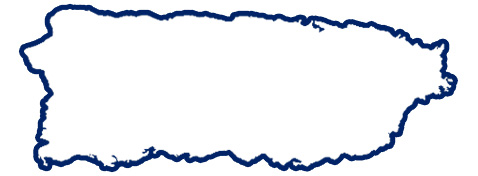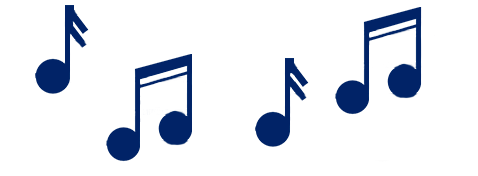- Personal
- AccountsHow can we help you?ToolsMy Online Bank 24/7
- Access your accounts
- Deposit and withdraw
- Pay your bills
- Transfer funds from your accounts
- Credit Cards & LoansHow can we help you?ToolsApply for a personal loan to consolidate your debt
- From $2,000 up to $75,000
- 12 to 84 months’ terms
Benefits for credit card customersLearn more - Insurance & InvestmentsNeed insurance?Plan for the futureQuote an Insurance
Contact one of our representatives.
Insurance ClaimsBegin your claim here, call 787.706.4111 (dial 1 for Customer Service) or visit our offices on workdays, Monday through Friday from 8:00 a.m. to 5:00 p.m.
- ServicesTargeted SegmentsMore ServicesMy Online Bank 24/7
- Access your accounts
- Deposit and withdraw
- Pay your bills
- Transfer funds from your accounts
Turns and Appointments in branchesLearn more
- Accounts
- Business
- Popular One
- About us

How can we help you?
Second decade
1903 to 1913
Puerto Rico
- Sugar continued to reign, constituting 75% of the island’s gross domestic product.
- There was a lot of movement and concentration of people in San Juan, with accompanying housing shortages.
- By 1910, twelve steamship companies from different countries operated in San Juan.
- Infrastructure projects began, like bridges and ports, and railroad lines from San Juan continued to expand to other towns on the island.
- Don Rafael Carrión Pacheco, who had nothing to do with banking at the time, represented various railroad line companies.
- The United States recognized the shield of Puerto Rico, and occupied government buildings like the Arsenal de La Puntilla, El Morro and San Cristóbal forts, all located in the Ballajá sector of the city.
- The Palacio de Las Catalinas (La Fortaleza), continued to be the governor’s mansion.

Banco Popular
- Banco Popular continued at its City Hall office. It was the smallest bank, but the only one with local capital and offices in San Juan, the center of social and economic development on the island.
- Spanish businessmen became clients, and many would become part of its board.
- In 1904, don Damián Monserrat y Simó, who had already been president of the institution since 1901, assumed charge.
- Checking accounts were introduced as a service in 1903.
- In 1907 there was a banking crisis in the United States that affected the local banking industry. People were in a state of panic, and many withdrew their savings from banks. More than once, Popular was near collapse, but it overcame each situation.
- Through a piggy bank, Banco Popular introduced a home savings system.
- Due to the sugar boom, American and Canadian banks established themselves on the island, such as the First National Bank of New York, a subsidiary of American Colonial, Royal Bank of Canada, and the Bank of Nova Scotia.

Music
- Aside from traditional local music, people listened and danced to danza, mazurka, polka, and pasodoble, as well as coplas and waltzes; and there was interest in zarzuelas.
- Christmas carols, aguinaldos, children’s rondas, and religious songs were also popular, in addition to municipal bands.
- In the countryside, the seis continued to be the backbone of rural music.
- On the coasts and at the sugar mills, people danced bomba and plena; and they listened and danced to music from the United States, like the one-step, two-step and rags.

Christmas Tree
- Occasionally, trees were decorated with large ornaments without a religious or traditional meaning, such as perforated tin cans used to place candles on the floor or walls. These created a lantern effect that shone through the pinholes in the can.
- Underneath the tree, families would place gifts, such as wooden toys and dolls. In addition, people developed trees that were made of goose feathers that had been dyed green.
 Puerto Rico
Puerto Rico 


